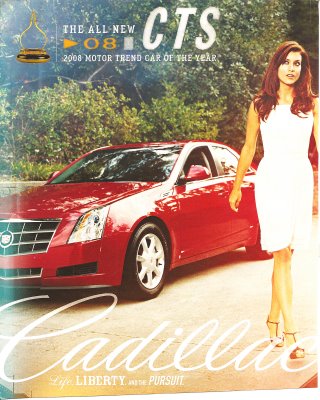
Watch how this 60 Minutes clip from August 2006 manages to completely confuse three very different things: sex identity (believing you are biologically female or male), gendered behavior (conforming to cultural rules about girls/women and boys/men are supposed to do and like), and sexual orientation (which sex you are attracted to sexually). For examples, you know your boy is going to grow up wanting to have sex with men because he likes to “help out in the kitchen” or thinks he’s a girl. These are all very different things. It also includes some wretched study design.
Part I
[youtube]https://www.youtube.com/watch?v=IoZoRbP-0WM[/youtube]
Part II
[youtube]https://www.youtube.com/watch?v=WTLAof9oXCI[/youtube]
By the way, funny story: When my nephew was about 2 years old he loved brooms and vacuums. My parents told me that it was because he liked “tools.”
Thanks to Joseph DeM. for the tip!
Lisa Wade, PhD is an Associate Professor at Tulane University. She is the author of American Hookup, a book about college sexual culture; a textbook about gender; and a forthcoming introductory text: Terrible Magnificent Sociology. You can follow her on Twitter and Instagram.














